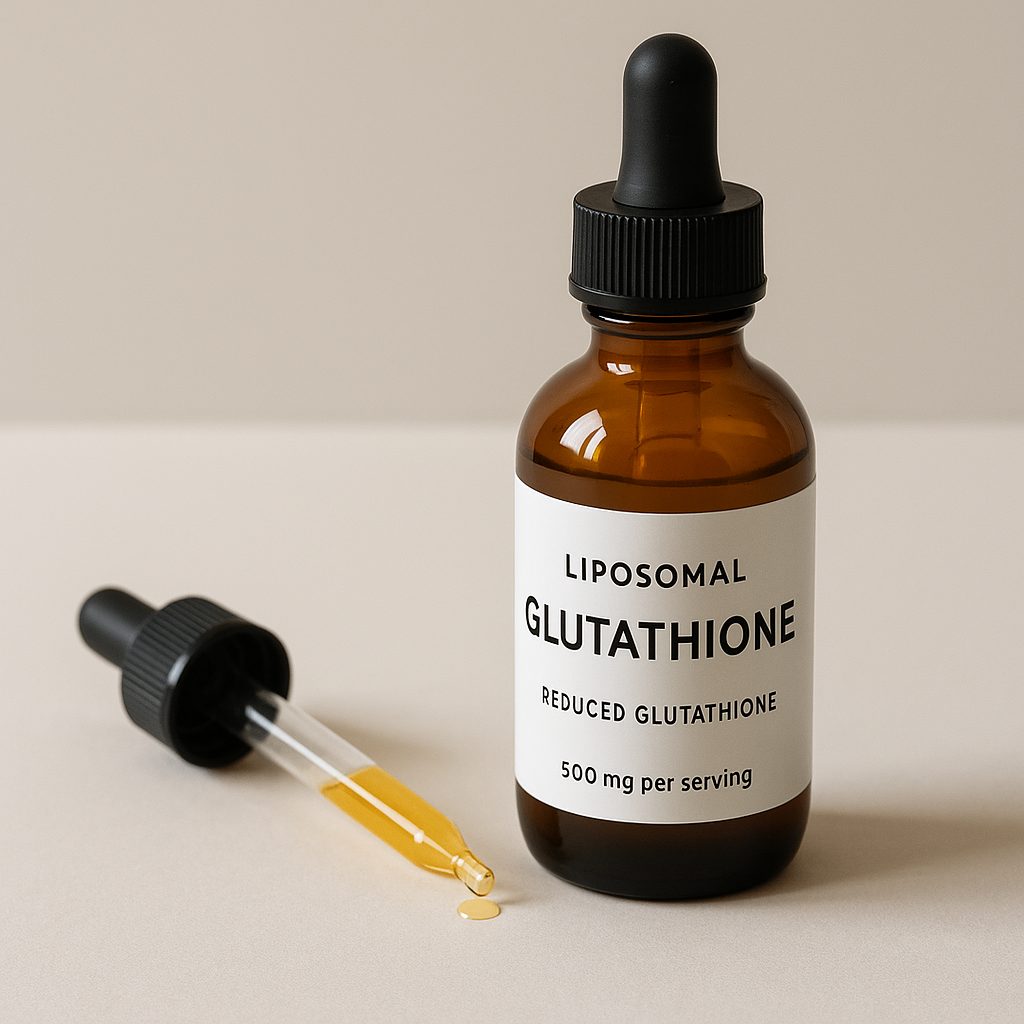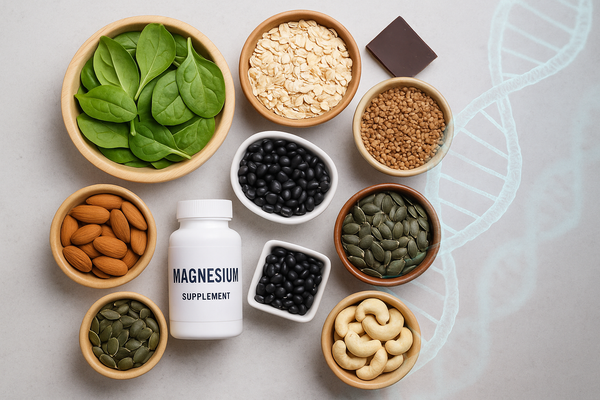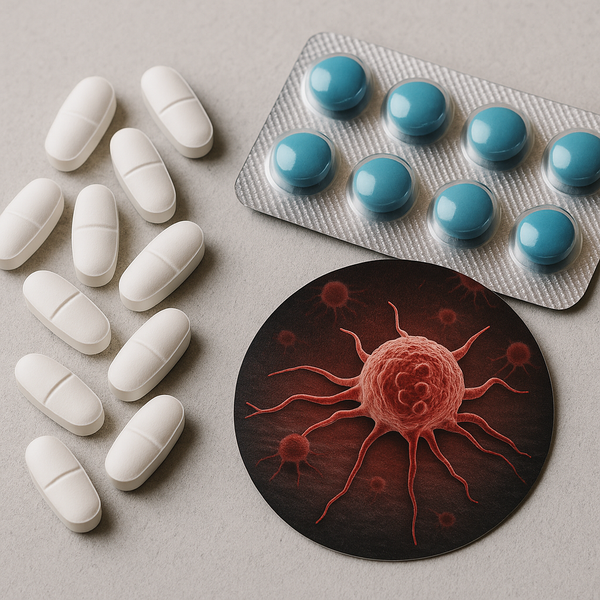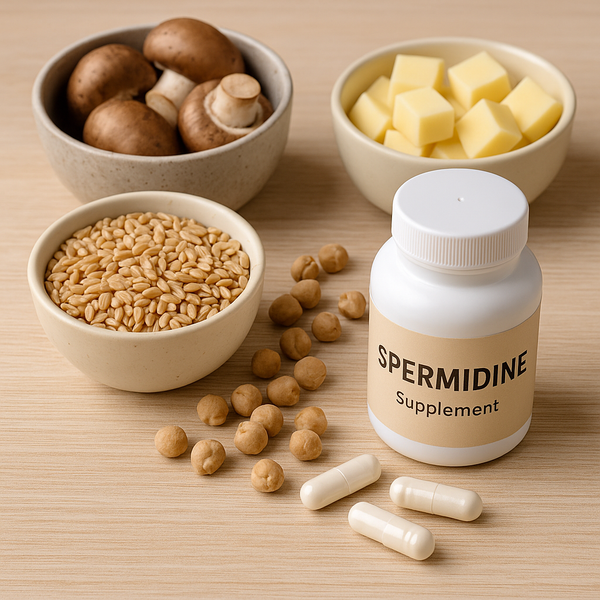Liposomal Glutathione: The Master Antioxidant in Its Most Bioavailable Form

Among all antioxidant supplements, few hold the same level of scientific respect as glutathione. Known as the body’s “master antioxidant,” glutathione protects cells from oxidative stress, supports liver detoxification, strengthens immune defenses, and maintains mitochondrial health.
But there’s one problem: traditional glutathione supplements don’t absorb well. That’s where liposomal delivery changes everything—transforming glutathione from a delicate molecule into a potent, system-wide defense agent for cellular longevity and detoxification.
What Is Glutathione?
Glutathione (GSH) is a tripeptide made of cysteine, glycine, and glutamate. It’s found in nearly every cell and acts as a central regulator of oxidative balance.
It protects cells by directly neutralizing free radicals and recycling other antioxidants like vitamins C and E. Beyond that, it binds to heavy metals and toxins, aiding the liver in their elimination.
Low glutathione levels are associated with nearly every chronic disease—including cardiovascular disease, neurodegeneration, insulin resistance, and accelerated aging.
Why Liposomal Delivery Matters
The challenge with oral glutathione is absorption. Standard capsules and powders degrade in the digestive tract before reaching circulation.
Liposomal technology solves this by encapsulating glutathione in microscopic fat-like bubbles (phospholipids), which protect it from stomach acid and deliver it directly into the bloodstream and cells.
This increases bioavailability by several-fold, allowing measurable rises in blood glutathione and corresponding drops in oxidative stress markers—something traditional oral forms struggle to achieve.
Mechanisms of Action
The body depends on glutathione for multiple interlocking defenses:
- Antioxidant Defense: Neutralizes reactive oxygen species (ROS) and reactive nitrogen species (RNS) before they damage DNA or proteins.
- Liver Detoxification: Facilitates Phase II conjugation, binding toxins and xenobiotics for safe excretion.
- Mitochondrial Protection: Reduces mitochondrial oxidative burden, preserving ATP production and slowing mitochondrial decline with age.
- Immune Regulation: Supports both innate and adaptive immunity; modulates cytokine balance and T-cell activity.
- Neuroprotection: Crosses the blood–brain barrier when encapsulated in liposomes, reducing oxidative and inflammatory stress in neural tissue.
These mechanisms position liposomal glutathione as one of the few supplements that actively defend against both acute toxin exposure and chronic cellular aging.
Research on Liposomal Glutathione
Human trials have demonstrated measurable increases in glutathione status when using liposomal formulations:
- Johns Hopkins University (2015): Liposomal glutathione significantly increased blood and lymphocyte glutathione levels while lowering oxidative stress markers and improving immune response.
- Nutrients Journal (2018): Found improved redox balance and reduced lipid peroxidation with daily liposomal supplementation.
- Frontiers in Pharmacology (2022): Highlighted glutathione’s role in protecting mitochondrial function and modulating inflammatory gene expression.
Even beyond oxidative protection, some studies suggest improved liver enzyme normalization, better detox responses, and enhanced recovery after illness or toxin exposure.
Longevity and Functional Health Implications
Oxidative stress and mitochondrial dysfunction are fundamental drivers of aging. By directly replenishing intracellular glutathione, liposomal formulations help sustain redox homeostasis, preserve mitochondrial integrity, and reduce inflammatory drift.
In the context of functional health, this means:
- Slower biological aging
- Enhanced cellular repair and detoxification
- Improved resilience to stress, toxins, and metabolic load
Glutathione may not be a “youth molecule,” but it is arguably the molecule that best sustains youth.
How to Use Liposomal Glutathione Effectively
- Dosage: 250–500 mg per day, typically taken in the morning on an empty stomach.
- Form: Liquid liposomal formulas tend to outperform capsules due to higher absorption rates.
- Synergy: Combine with NAC, vitamin C, or alpha-lipoic acid to recycle glutathione and maintain reduced (active) form.
- Storage: Keep refrigerated to preserve liposomal integrity.
- Cautions: Avoid oxidized or poorly sourced products; look for third-party testing and high phosphatidylcholine content.
My Take
I see liposomal glutathione as a core resilience supplement—one that protects mitochondria, supports detoxification, and buffers the cumulative wear that accelerates aging.
It’s not about taking antioxidants to “fight” free radicals, but about maintaining equilibrium inside the cell where oxidation and repair happen simultaneously. Glutathione doesn’t just prevent damage—it keeps the body capable of renewal.
Sources
- Richie JP Jr et al. Randomized Controlled Trial of Oral Liposomal Glutathione on Oxidative Stress Biomarkers. Eur J Nutr. 2015.
- Sinha R et al. Glutathione in Health and Disease: Mechanisms and Therapeutic Potential. Front Pharmacol. 2022.
- Allen J, Bradley RD. Effects of Oral Glutathione Supplementation on Systemic Oxidative Stress Biomarkers. Nutrients. 2018.
- Wu G. Glutathione Metabolism and Its Implications for Health. J Nutr. 2020.
- Dröge W. Aging and the Redox State. Proc Natl Acad Sci USA. 2002.



